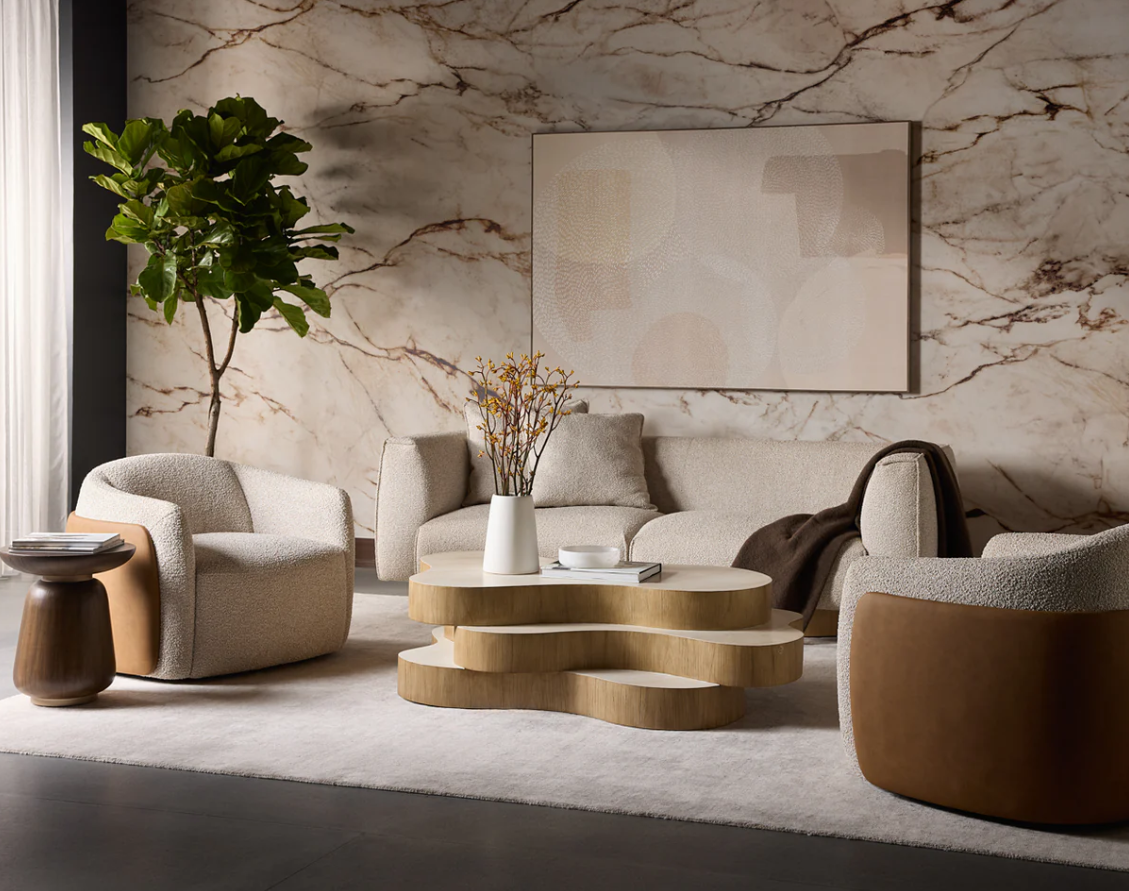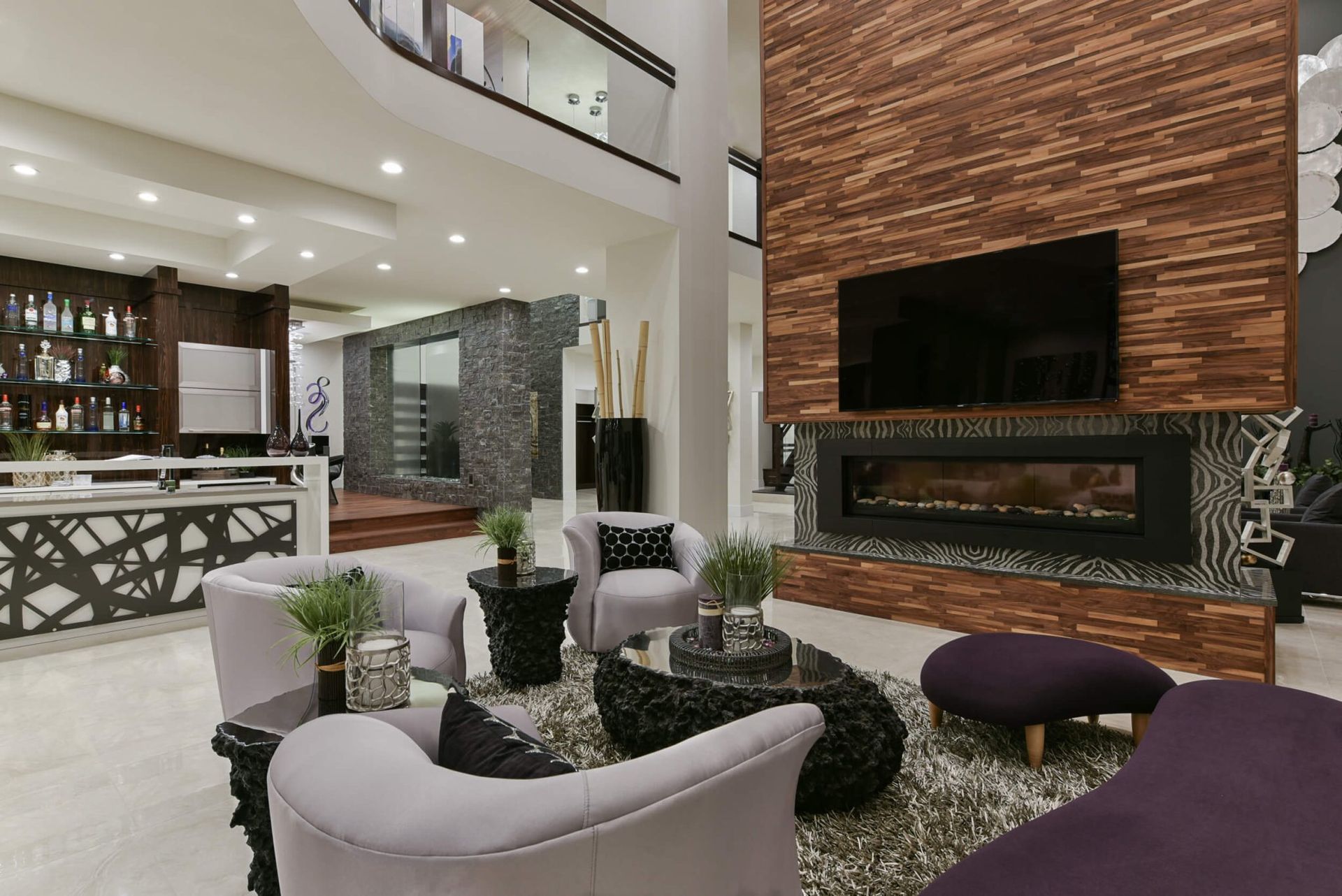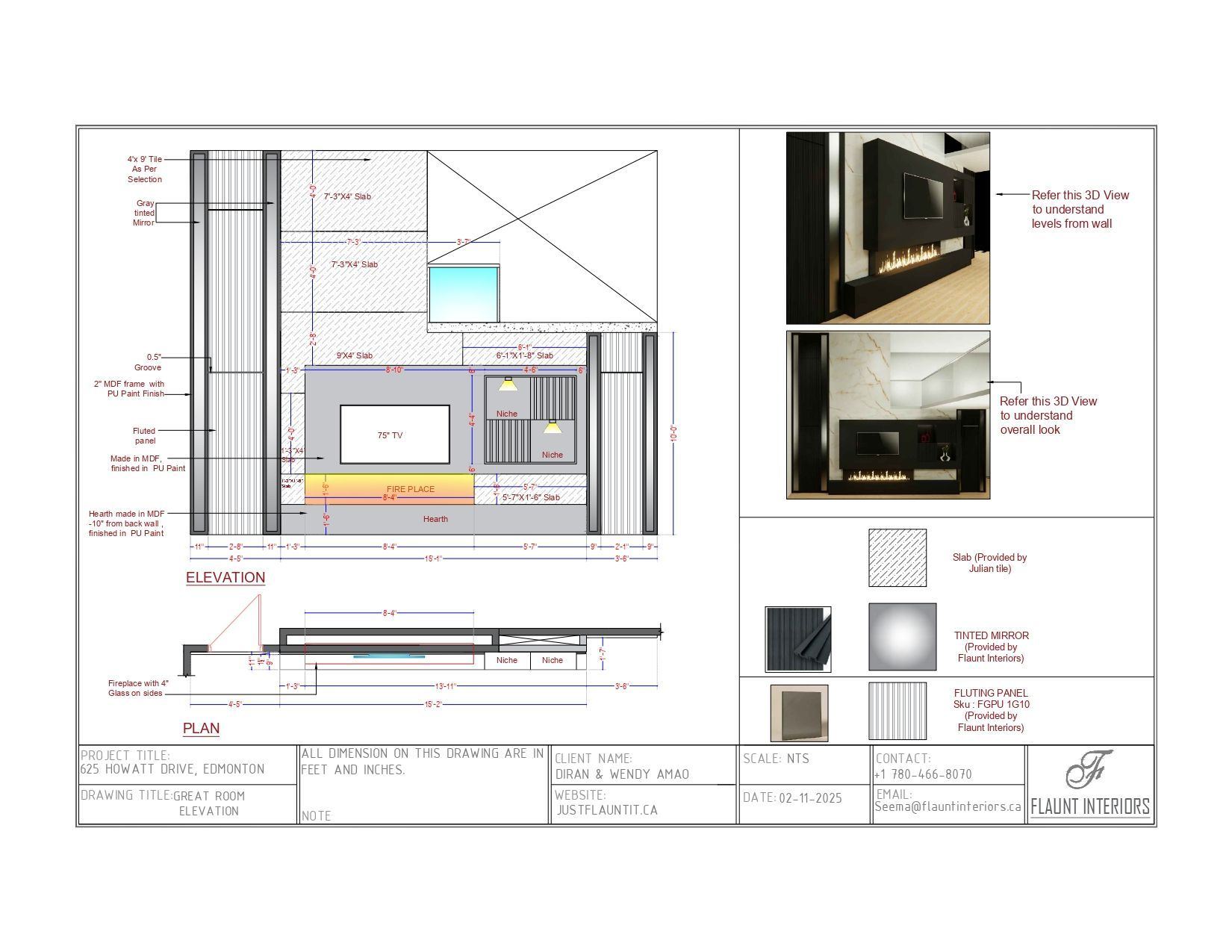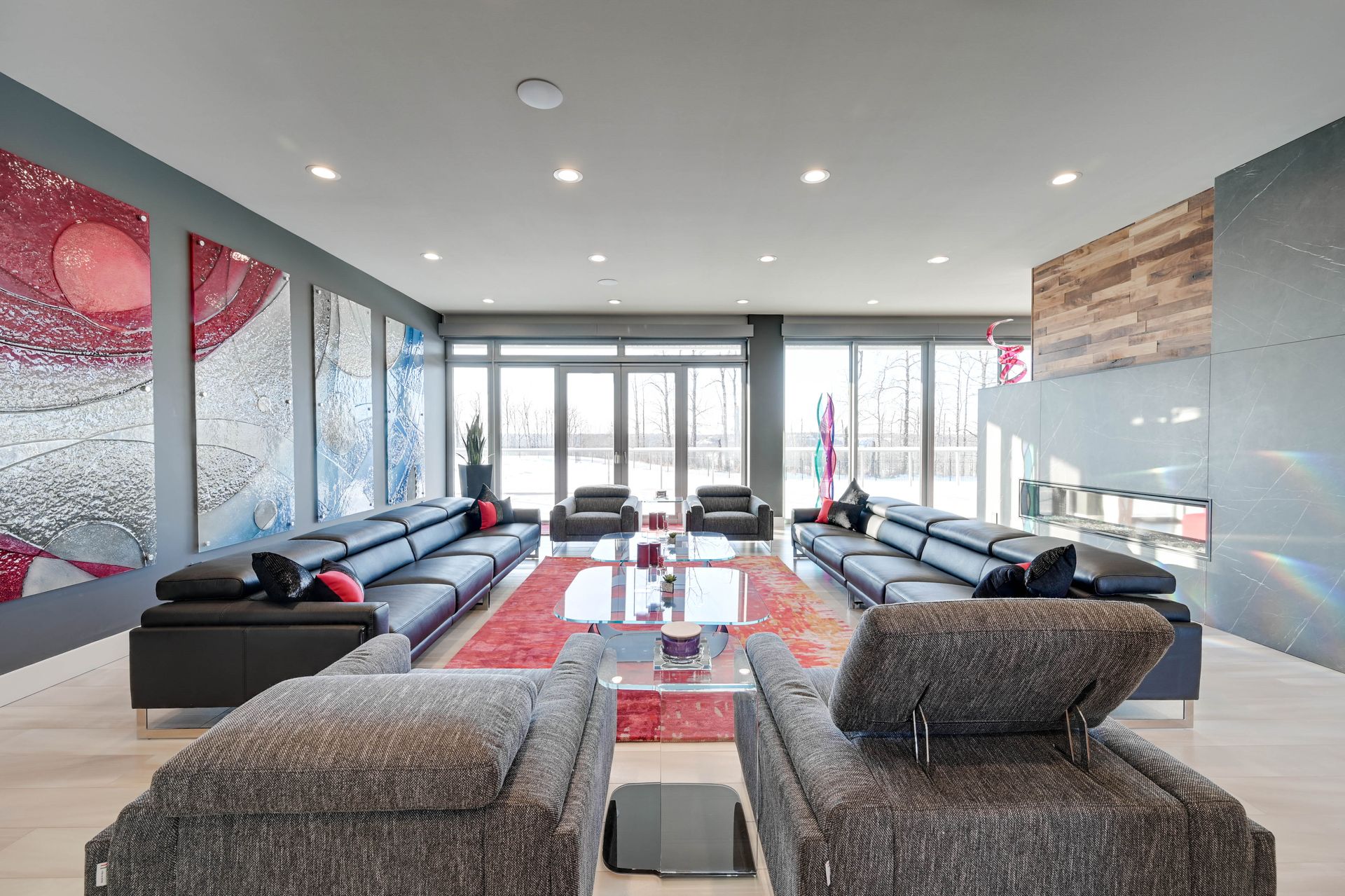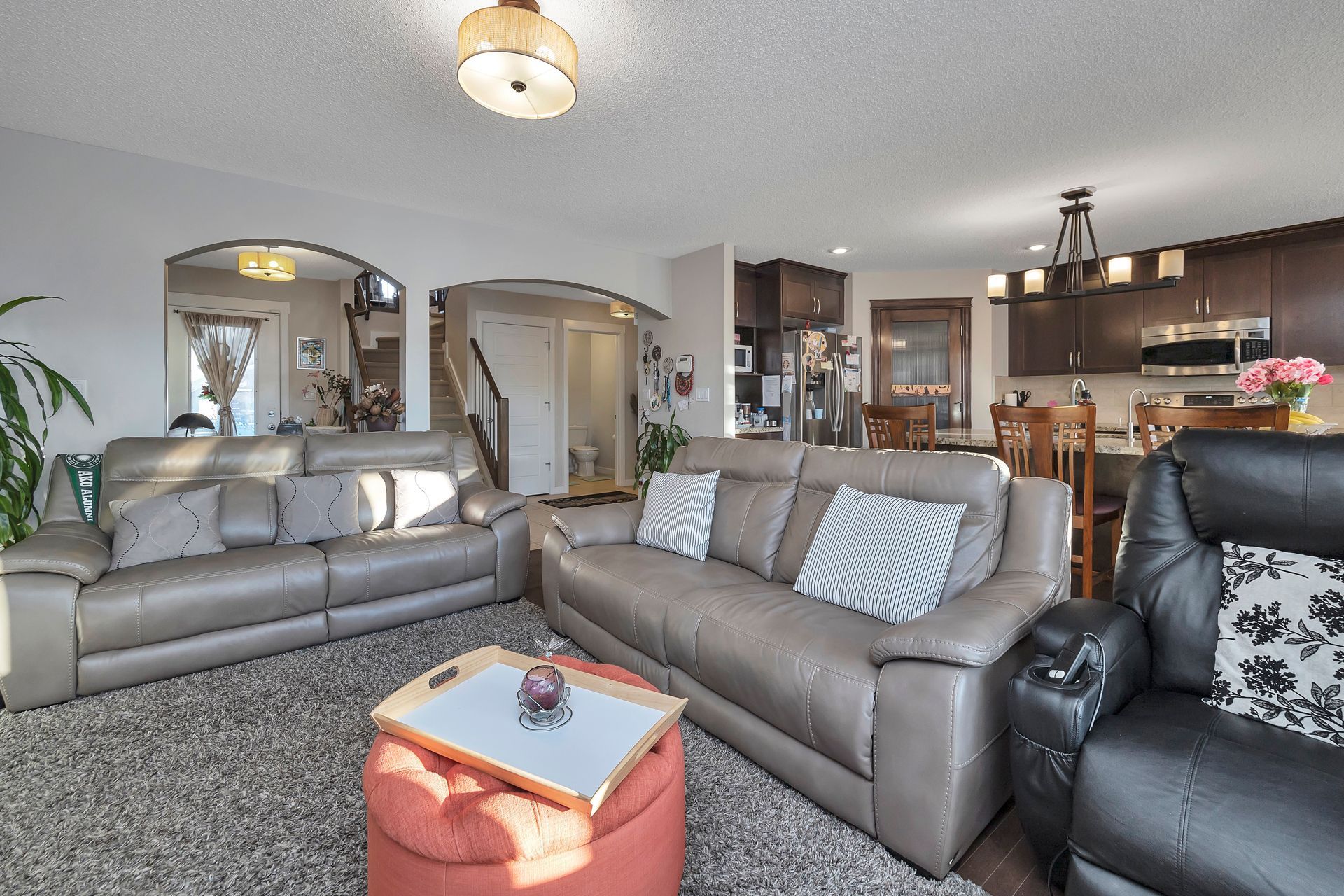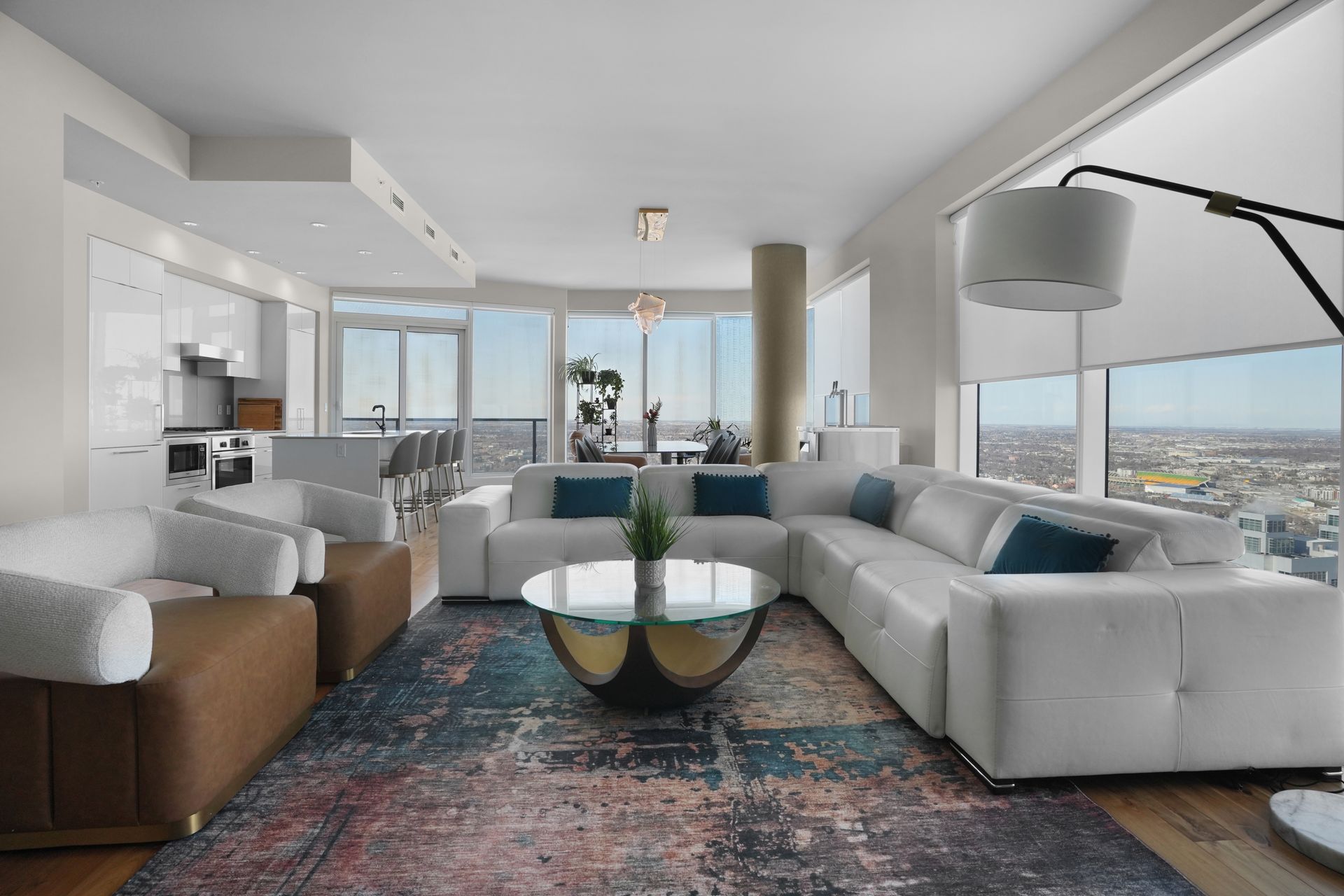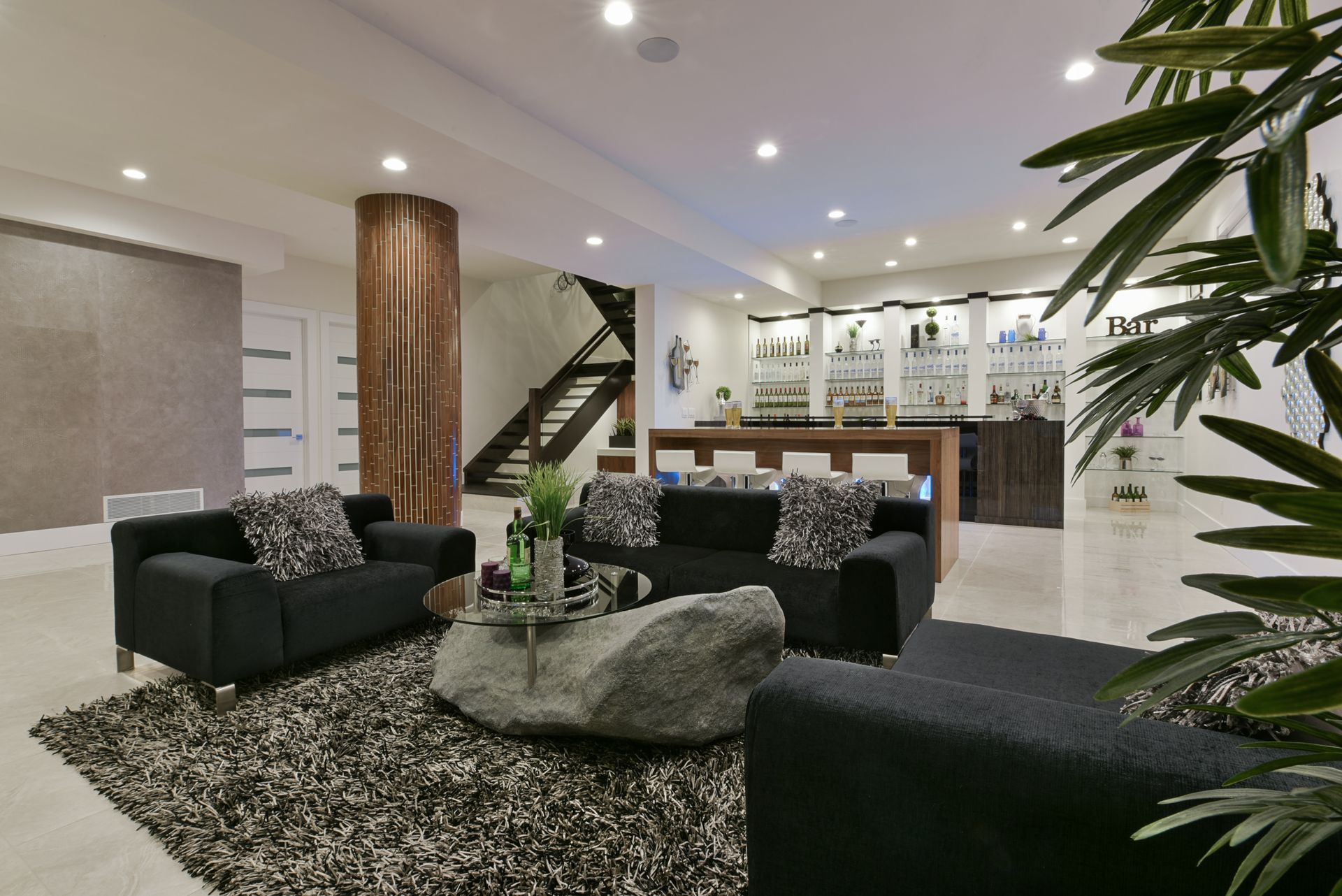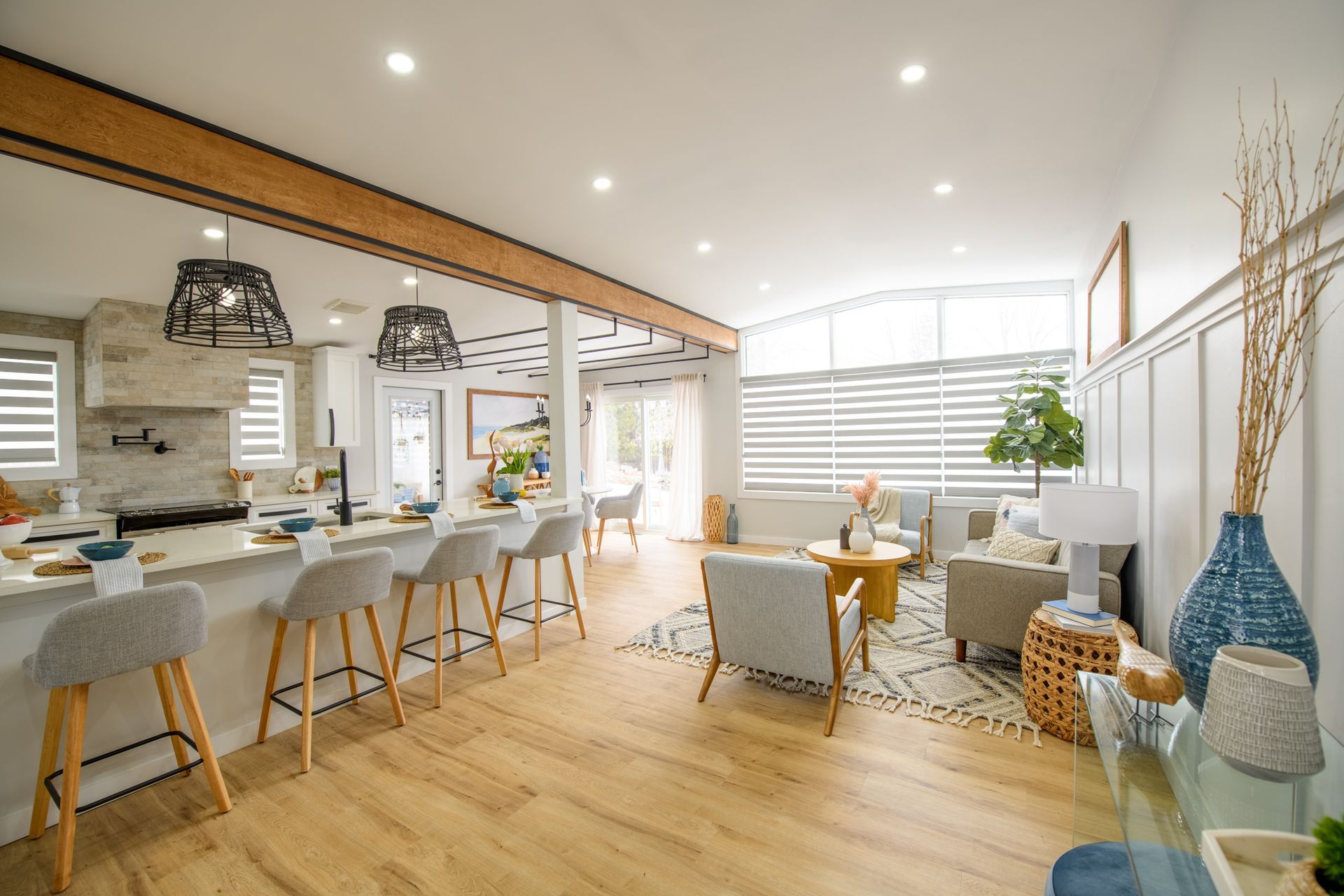From Vintage to Modern: Exploring Furniture Styles at Consignment Studios
When you step into a well-curated consignment furniture studio, you're stepping into a showroom that tells the story of design history. From the ornate carvings of traditional classics to the sleek lines of contemporary minimalism, consignment stores offer a wide range of furniture styles that cater to every aesthetic. In this blog, we delve deep into the most popular furniture styles you’ll find at consignment studios and how to identify, combine, and decorate with them.
Why Style Matters in Consignment Furniture
Consignment studios aren’t just about budget-friendly finds; they’re about high-quality furniture that stands the test of time—both in construction and design. Understanding different styles helps you:
- Make faster, more confident buying decisions
- Create a cohesive look in your space
- Mix and match with purpose
- Appreciate craftsmanship and history
Key Furniture Styles Found in Consignment Studios
1. Mid-Century Modern
- Era: 1940s–1960s
- Key Features: Clean lines, tapered legs, organic curves, functional form, minimal ornamentation
- Common Materials: Teak, walnut, molded plastic, glass
- How to Use: Perfect for minimalist homes or retro themes. Pair with bold, graphic art or neutral tones.
2. Traditional
- Era: 18th and 19th centuries, ongoing popularity
- Key Features: Ornate carvings, rich wood finishes, rolled arms, tufted cushions
- Common Materials: Mahogany, cherry, leather, damask fabrics
- How to Use: Ideal for formal living rooms or home libraries. Combine with antique rugs and classic accessories.
3. French Provincial
- Era: 18th century France
- Key Features: Elegance with rustic charm, cabriole legs, whitewashed or distressed finishes
- Common Materials: Oak, linen, wrought iron
- How to Use: Pairs beautifully with shabby-chic or farmhouse interiors.
4. Industrial
- Era: Early 20th century factories and warehouses
- Key Features: Exposed hardware, raw woods, metal finishes, utilitarian designs
- Common Materials: Steel, reclaimed wood, concrete
- How to Use: Best in lofts and urban-style homes. Mix with vintage signage and Edison bulb lighting.
5. Contemporary
- Era: Late 20th century to now
- Key Features: Smooth profiles, innovative materials, neutral palettes, sleek surfaces
- Common Materials: Metal, glass, lacquered finishes
- How to Use: Works well in modern apartments. Layer in textures like velvet or wool for warmth.
6. Bohemian (Boho)
- Era: Late 1960s to present
- Key Features: Eclectic, global influences, layered textiles, handmade appeal
- Common Materials: Rattan, macramé, reclaimed wood, vibrant fabrics
- How to Use: Great for casual, creative homes. Add houseplants and travel souvenirs for personality.
7. Art Deco
- Era: 1920s–1940s
- Key Features: Glamorous curves, geometric patterns, mirrored surfaces
- Common Materials: Chrome, glass, lacquer, velvet
- How to Use: Ideal for luxurious spaces or statement furniture. Pair with gold accents.
How to Identify Furniture Styles at a Glance
When shopping in a consignment studio, look for these visual clues:
- Shape: Legs, arms, backs, and profiles can hint at era and influence.
- Details: Hardware, upholstery, trim, and joinery reveal quality and style.
- Finish: Is it glossy, distressed, natural, or painted? Each style favors specific finishes.
- Material: Solid wood often indicates older pieces, while laminate or MDF is more modern.
Mixing Styles Like a Designer
Mixing furniture styles is both an art and a science. Here are rules to help:
- Choose a Dominant Style: Stick to one main style for cohesion.
- Use Color to Connect: Keep a unified palette to bridge different eras.
- Balance Proportions: Combine heavy traditional pieces with lighter, modern ones for contrast.
- Repeat Elements: Echo shapes, materials, or motifs throughout the room.
Decorating Tips by Style
- Mid-Century: Use low-slung furniture and geometric patterns.
- Traditional: Embrace symmetry and warm, classic colors.
- Industrial: Keep the palette neutral and use raw finishes.
- Boho: Layer rugs and embrace color and pattern.
- Contemporary: Go minimalist with bold accent pieces.
Final Thoughts
The beauty of consignment furniture studios lies in their diversity. Where else can you find a sleek mid-century desk, a French provincial armoire, and an Art Deco mirror all under one roof? With a basic understanding of furniture styles, your next visit to a consignment studio can be both educational and inspirational. Let your home reflect not just your style—but the history of design itself.
Share This Blog
